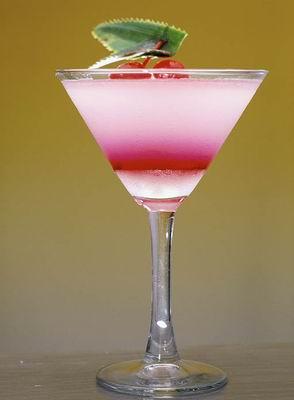Thursday, September 1, 2011
whiskey Cocktail
Ingredients
1/2 teaspoon powdered sugar
2 ounces whiskey
1/2 lemon
lemon wedge
cherry
Tools
shaker
strainer
rocks glass
citrus squeezer
Preparation
1. Fill a shaker half full of ice.
2. Combine sugar, whiskey and the juice of half a lemon.
3. Shake vigorously and strain over new ice in a rocks glass.
4. Garnish with a lemon wedge and cherry.
By the time design style completed its journey down the Southeastern seaboard and arrived in Key West, the Southernmost tip of Florida, it had incorporated a little of everything. New England natives, Cubans and fishermen first settled Key West in the 1820s.
Its wooden, handcrafted "Conch-style" houses incorporate elements of those cultures and show the influence of Bahamian, African, Creole and Victorian design. Local builders brought the mishmash of architecture to life in the form of hulking frame houses and simple cigar makers' cottages.
All the homes were uniquely adapted to life in the tropics, and seafarers often added handy items from ship design, such as crow's nests and the type of "roof hatches" used on board to facilitate ventilation.
Conch-style homes fall into six categories:
Classic Revival: the predominant Conch style, exemplified by wooden gables and posts or columns.
Eyebrow style: a Classic Revival derivative featuring gables and porches and a series of "eyebrow" windows tucked up under the second-floor roof eaves.
Shotgun style: balloon-frame homes for cigar makers. Tracing their origin to West Africa and the French Caribbean, they're small and simple — one story and one room wide — with three rooms end to end, so a shot fired from the front door could exit the back door without resistance.
Queen Anne: characterized by the use of red brick and simple, elegant ornamentation.
Bahama style: homes with wide porches across the length of low facades, spacious verandas and simple balustrades.
Frame Vernacular: functional dwellings without decorative details, usually 1½ stories tall.
Subscribe to:
Post Comments (Atom)

No comments:
Post a Comment